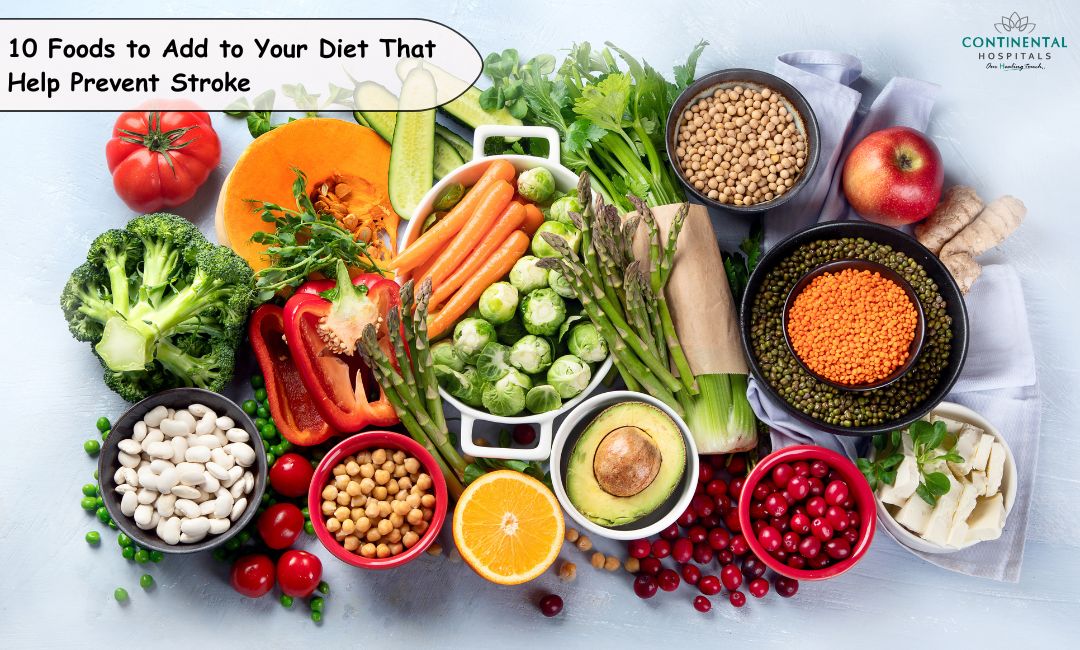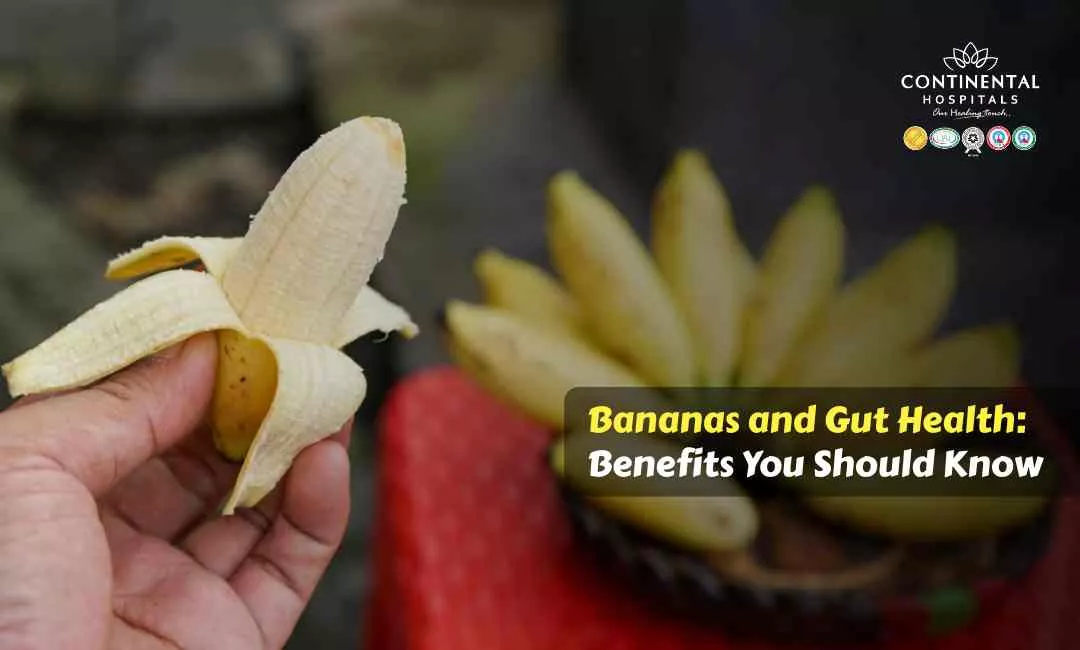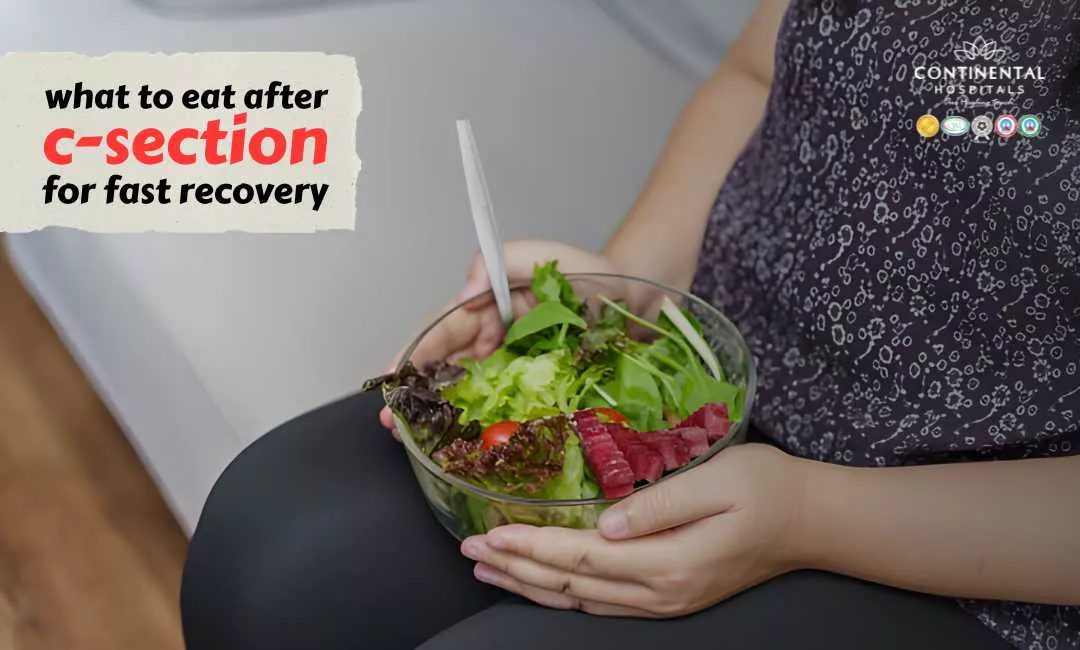In the pursuit of a healthier lifestyle, it's crucial to pay attention to the foods we consume. Stroke, a serious and potentially life-threatening condition, can be influenced by our dietary choices. Fortunately, incorporating certain foods into your diet can play a significant role in preventing strokes.
10 Foods to Add to Your Diet That Help Prevent Stroke
Fatty Fish: Omega-3 Powerhouses
Fatty fish like salmon, mackerel, and trout are rich in omega-3 fatty acids, which have been linked to a lower risk of stroke. These essential fats contribute to improved heart health by reducing blood pressure, inflammation, and cholesterol levels.
Leafy Greens: Nutrient-Rich Powerhouses
Spinach, kale, and other leafy greens are packed with vitamins, minerals, and antioxidants. Their high potassium content helps regulate blood pressure, a key factor in stroke prevention. Incorporating these greens into salads, smoothies, or stir-fries can be an enjoyable way to enhance your diet.
Berries: Antioxidant-rich superfoods
Blueberries, strawberries, and raspberries are not only delicious but also rich in antioxidants. These compounds help protect cells from oxidative stress, reducing inflammation and contributing to better cardiovascular health.
Nuts and Seeds: Heart-Healthy Snacking
Almonds, walnuts, flaxseeds, and chia seeds are excellent sources of heart-healthy nutrients, including omega-3 fatty acids, fiber, and antioxidants. Snacking on a handful of nuts or adding seeds to your morning oatmeal can be a simple yet effective way to support stroke prevention.
Whole Grains: Fiber for Heart Health
Incorporating whole grains like brown rice, quinoa, and oats into your diet provides essential fiber that aids in maintaining healthy cholesterol levels. High cholesterol is a risk factor for stroke, making whole grains a valuable addition to a stroke-preventive diet.
Avocado: Healthy Fats for Heart Health
Avocados are rich in monounsaturated fats, which can help lower bad cholesterol levels and reduce the risk of blood clots. Including avocados in salads, sandwiches, or as a spread can be a delicious way to support your cardiovascular health.
Citrus Fruits: Vitamin C Boost
Oranges, grapefruits, and lemons are abundant in vitamin C, which has been associated with a lower risk of stroke. Vitamin C supports overall immune function and helps maintain blood vessel health, reducing the likelihood of stroke-related complications.
Tomatoes: Lycopene Protection
Tomatoes contain lycopene, an antioxidant that may help protect against stroke by reducing inflammation and preventing blood clot formation. Whether eaten fresh, in sauces, or as part of a salad, tomatoes offer a versatile and tasty addition to stroke-preventive meals.
Broccoli: Stroke-Fighting Cruciferous Vegetable
Broccoli and other cruciferous vegetables like Brussels sprouts and cauliflower are rich in antioxidants and anti-inflammatory compounds. Regular consumption may contribute to improved heart health and a reduced risk of stroke.
Green Tea: Sipping for Stroke Prevention
Green tea is loaded with antioxidants called catechins, which have been linked to a lower risk of stroke. Substituting sugary beverages with green tea can be a refreshing and health-conscious choice.
Benefits of Adding These Foods to Your Diet
Heart Health: Many stroke prevention foods are also heart-healthy, supporting the cardiovascular system. A healthy heart is essential for preventing conditions that can lead to stroke.
Blood Pressure Regulation: High blood pressure is a significant risk factor for stroke. Foods rich in potassium, such as bananas, oranges, and spinach, can help regulate blood pressure and reduce the risk of stroke.
Cholesterol Management: Certain foods, like oats, nuts, and olive oil, can help lower cholesterol levels. High cholesterol is associated with an increased risk of stroke, so managing cholesterol through diet is crucial.
Antioxidant Protection: Fruits and vegetables, particularly those rich in antioxidants like berries, citrus fruits, and leafy greens, can help protect against oxidative stress. Oxidative stress can contribute to inflammation and damage to blood vessels, increasing the risk of stroke.
Anti-Inflammatory Effects: Chronic inflammation is linked to various health issues, including stroke. Foods with anti-inflammatory properties, such as fatty fish (rich in omega-3 fatty acids), turmeric, and ginger, may help reduce inflammation and lower stroke risk.
Blood Sugar Control: Maintaining stable blood sugar levels is important for overall health. Foods with a low glycemic index, such as whole grains, legumes, and vegetables, can help regulate blood sugar levels and reduce the risk of diabetes, which is a risk factor for stroke.
Improved Blood Circulation: Foods rich in flavonoids, like dark chocolate and berries, may enhance blood circulation. Proper blood flow is crucial for preventing blood clots that can lead to stroke.
Maintaining a Healthy Weight: A diet rich in whole foods, including fruits, vegetables, lean proteins, and whole grains, can contribute to weight management. Maintaining a healthy weight is important for reducing the risk of conditions like hypertension and diabetes, which are risk factors for stroke.
Hydration: Staying well-hydrated is essential for overall health and can contribute to cardiovascular health. Water helps maintain blood viscosity and supports proper circulation.
Balanced Nutrition: A well-rounded, diverse diet ensures that your body receives the necessary nutrients for optimal function. This includes vitamins, minerals, and other essential components that contribute to overall health and reduce the risk of stroke.
Adding these stroke-preventing foods into your daily diet not only enhances the flavor of your meals but also contributes to your overall well-being. Remember that a balanced and varied diet, combined with regular physical activity, is key to maintaining a healthy cardiovascular system. By making informed food choices, you empower yourself to take proactive steps towards stroke prevention and long-term health.
Related Blog Post:
1. Recognizing the Signs of a Stroke: FAST (Face, Arms, Speech, Time)
2. Preventing Strokes: Lifestyle Changes and Risk Reduction Strategies
.webp)














